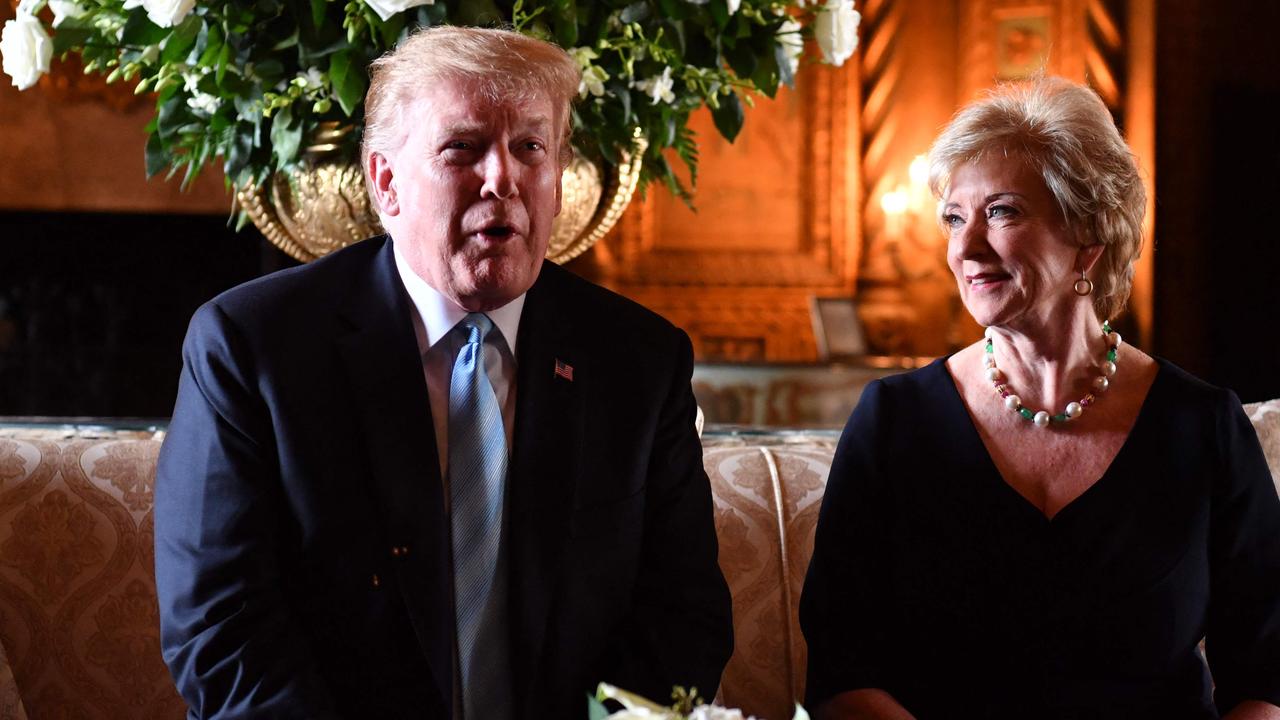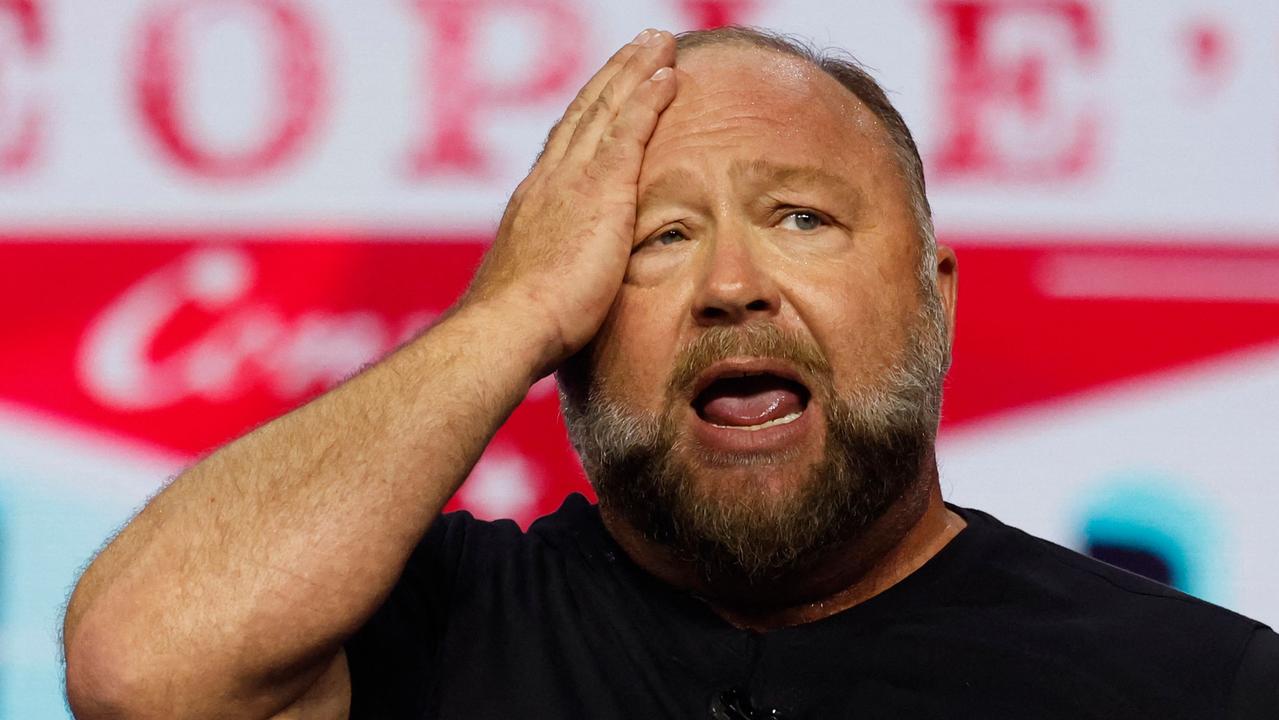LVMH took over the Paris Olympics. Now it’s snagged Formula One
From Louis Vuitton trophy cases to Moët & Chandon on the podium, Bernard Arnault’s luxury conglomerate pulls out the stops in a sign of F1’s global ascendance.
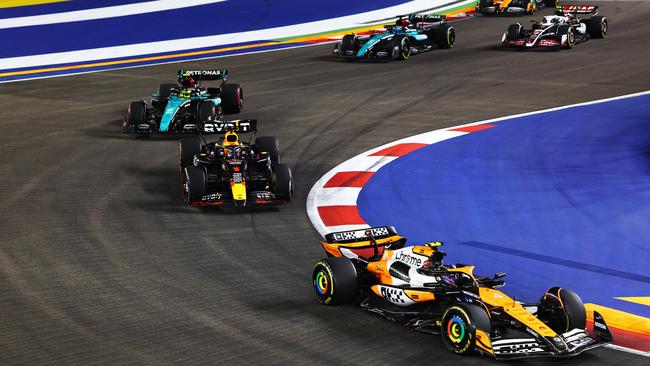
For just over a month this summer, the LVMH luxury empire turned the Paris Olympics and Paralympics into one long exercise in product placement. As the roughly €150m ($240m) sponsor of the Games, the company made sure it was everywhere, from an eye-popping cameo of Louis Vuitton trunks in the Opening Ceremony to the Chaumet-manufactured medals around athletes’ necks.
Now LVMH has its next target in sports. Starting next year, the company led by luxury titan Bernard Arnault will leap on the global resurgence of Formula One with a 10-year sponsorship deal that will put LVMH brands front and centre of motor racing’s premier travelling circus.

What sets the agreement apart from a typical sponsorship is its sheer scale. Companies typically sponsor one facet of a sport, such as timekeeping or uniforms, but LVMH has a plethora of brands to flood the zone. The watch brand TAG Heuer will replace Rolex as the sport’s official timekeeper. Louis Vuitton will move into every trophy presentation by manufacturing cases for the hardware. And when the drivers spray champagne from the podium, it will no longer be an Italian sparkling wine — they’ll be draining bottles of Moët & Chandon.
“The Olympics really started a new dynamic,” said Frédéric Arnault, CEO of LVMH Watches. Arnault, 29, is the fourth of the luxury tycoon’s five children, who all have management roles in the company.
LVMH had considered a similar plan a decade ago, according to a person familiar with the matter, before deciding the fit wasn’t quite right. But since then, F1 has undergone one of the most stunning makeovers in sports. Acquired by Liberty Media in 2017, the series’ popularity has exploded, in part through the Netflix series Drive to Survive.
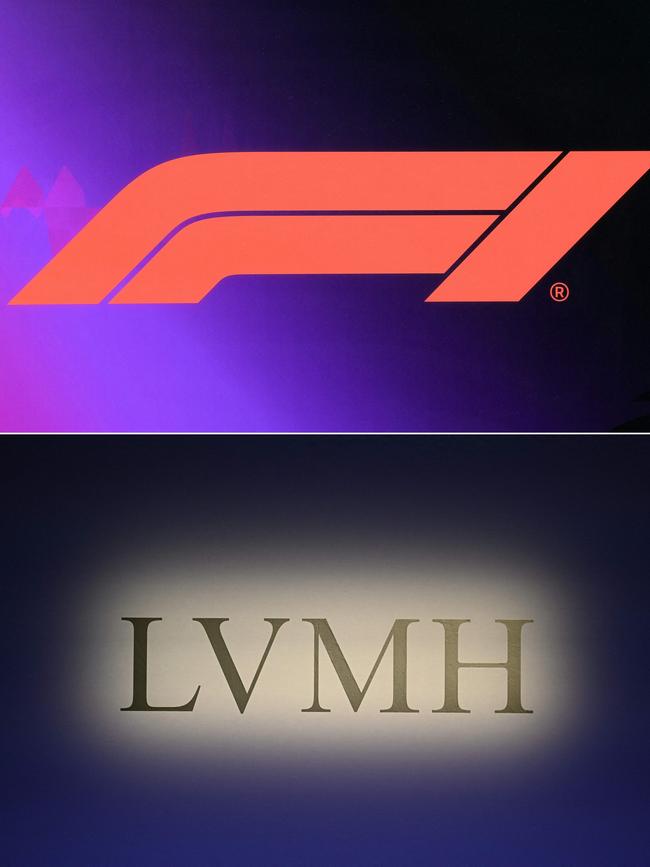
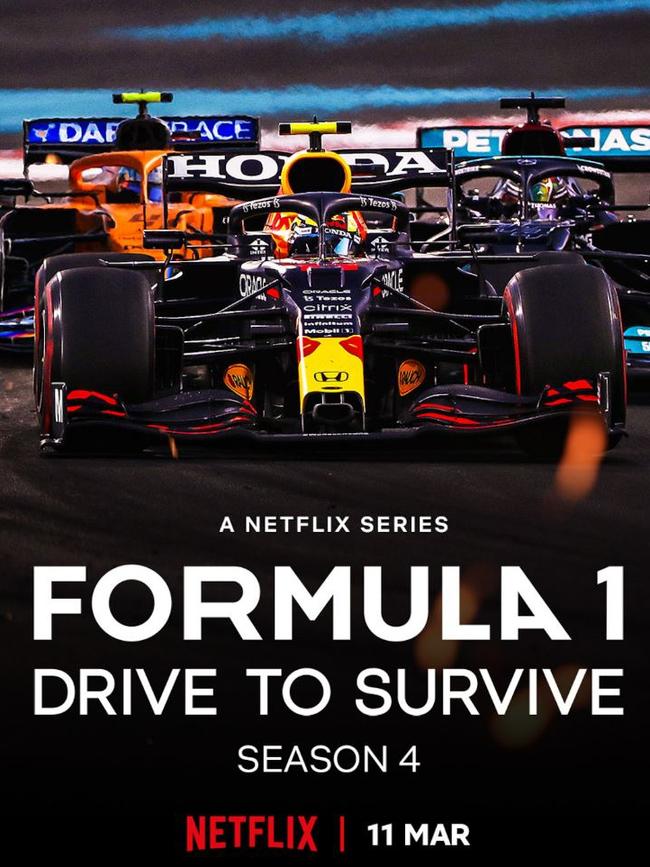
Not only did it draw in more women and a new kind of supporter — younger and in tune with social media — it also opened up previously untapped markets for F1. None was more important than the US, which also happens to be one of LVMH’s largest markets. In three years, F1 went from having just one American race on the calendar, in Austin, to three by adding two glitzy grands prix in Miami and Las Vegas.
“We’re still at the beginning of the journey in the US,” Frédéric Arnault said. “There’s a very young audience. I think that’s reassuring. And that’s what also convinced us. Ten years ago, it was an ageing audience.”
Above all, the lesson was that the stars of F1 weren’t the teams or the finely engineered cars anymore, they were the drivers. This club of 20 daredevils with Hollywood smiles and preternatural skill for swinging around corners at 150 miles an hour were precisely the pitchmen F1 needed to blur the line between sports and entertainment.
That is precisely what LVMH was watching as it decided to ramp up its involvement in F1. The length of the deal also means that LVMH will have a hand in shaping the image of the sport long after Drive to Survive ends its run.
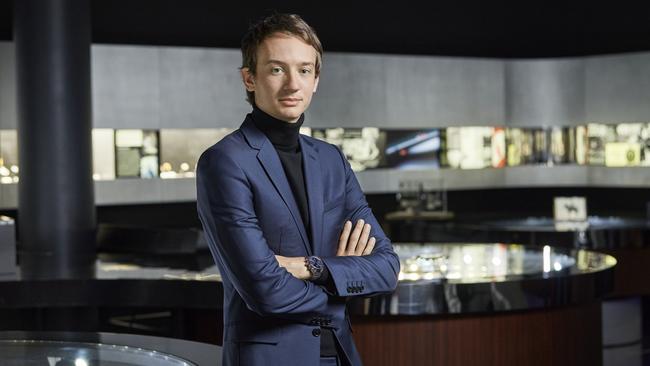
The deal comes despite the wider downturn in the luxury industry as aspirational consumers have cut back spending on products such as watches, jewellery and champagne. But LVMH, which owns a stable of some 75 brands, sees F1 and its global reach as a vehicle for maintaining the upscale image of its brands while speaking to a broader audience. Neither LVMH nor F1 disclosed the terms of the deal, which people familiar with the matter said was worth just under €100m a year.
LVMH’s earliest forays into sports were more discreet, targeting the country-club set through sports such as sailing. But the company now sees mainstream athletes as a way to reach a broader array of customers. When it signed French basketball star Victor Wembanyama in February, it announced their partnership with a gigantic billboard in San Antonio, where he plays for the Spurs.
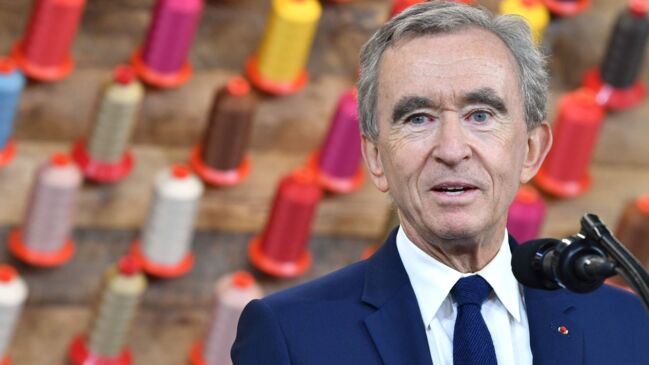
LVMH’s internal strategy has long been to let its brands run independently, sometimes as competitors. Sponsorship deals are negotiated by the brands themselves. It wasn’t until Paris 2024 that LVMH negotiated an overall sponsorship agreement that involved a whole slew of its brands signing the same agreement.
Once the Olympics rolled around, the LVMH machine was in full swing. It even went where few sponsors had gone before with a cameo in the Opening Ceremony, which featured a hooded figure popping into a Louis Vuitton workshop for a close-up of the brand’s monogrammed trunk. In another scene, the luggage was wheeled through the Cheval Blanc Hotel, which is also owned by LVMH. When it comes to F1, the product placement may appear more seamless, since two of LVMH’s brands were involved with the sport long before they were acquired by Bernard Arnault.
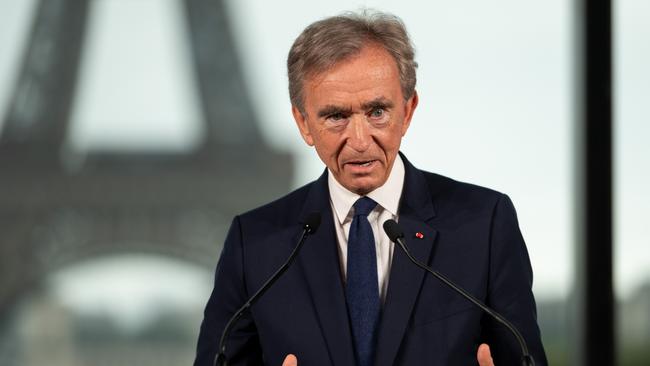
TAG Heuer had sponsored the Ferrari and McLaren teams for nearly four decades combined and served as F1’s timekeeper in the 1990s and 2000s. Moët & Chandon, meanwhile, had been F1’s bubbly of choice from the 1960s until 1997. Louis Vuitton arrived more recently, creating trophy trunks for the Monaco Grand Prix since 2020.
Frédéric Arnault said he is a fan of the sport, while his younger brother, Jean, interned at the McLaren team. Their father, an avid tennis player, is new to F1’s roaring spectacle.
“He has yet to come to a race,” Frédéric Arnault said. “It’s planned for Monaco next year.”
The Wall Street Journal

